Review: The Galaxy A71 is Samsung's best mid-range phone yet
The Galaxy A71 offers everything you're looking for in a mid-range phone in 2020.
From the very beginning, the Galaxy A series was meant to target the mid-range segment. But last year, Samsung diversified the series to include the budget segment as well, leading to devices like the Galaxy A10 and A20. Samsung streamlined its strategy here, and the Galaxy A series now caters to both the budget and mid-range categories.
One of the best phones to come out of the Galaxy A lineup last year was the Galaxy A70. It was the first Samsung phone to offer 25W wired charging, and offered decent specs in the form of a Snapdragon 675. The Galaxy A71 builds on that formula with updates to the camera and chipset, and it also sports an exciting new design with a smaller cutout.
Samsung hasn't changed too much here from last year, but the updates make the Galaxy A71 an enticing option in the mid-range category in 2020. With the phone slated to debut in the U.S. shortly, here's what you need to know about the Galaxy A71.
At a glance
Samsung Galaxy A71
Bottom line: The Galaxy A71 builds on the success of last year's A70 with upgraded internals and a new 64MP camera that takes great photos. The design has been refreshed for 2020, you get incredible battery life with 25W fast charging, and the 6.7-inch AMOLED panel is one of the best in this category. As an overall package, the Galaxy A71 is one of the best mid-range phones you'll find in 2020.
The Good
- Gorgeous design
- Vibrant AMOLED screen
- Excellent battery life with 25W fast charging
- Robust internal hardware
- 64MP camera takes great photos
- One UI 2.0 out of the box
The Bad
- Slow fingerprint sensor
- Macro camera is trash
- No 4G option in the U.S.
About this review
I'm writing this review after using the 4G variant of the Galaxy A71 for over a month in Hyderabad, India. The device was connected to Airtel's 4G network, and received a single software update containing bug fixes. Samsung is set to roll out the phone in the phone in the U.S., with that particular model featuring the Exynos 980 chipset along with an integrated 5G modem.
Samsung Galaxy A71 Design and display
Samsung offered vibrant gradient designs last year across the Galaxy A series, and in 2020 it is making a few tweaks to the design. There's now a criss-cross pattern underneath the back that shows up as light reflects off the surface of the phone, and it is broken into quadrants. Each quadrant has a slightly different hue, and the overall effect is rather striking.
The Galaxy A71 has a gorgeous design that's backed up by robust internal hardware.
Of course, the phone is still sporting a polycarbonate back, but that isn't immediately evident. The gradient design combined with the glossy coating make the back look and feel like glass, but because it is made out of plastic, it doesn't add too much weight to the device. Even though there's a 4500mAh battery under the hood and a 6.7-inch screen, the Galaxy A71 comes in at a very decent 179g. There's also the fact that a polycarbonate back makes the phone just that little bit more durable.
Another design change at the back is the rectangular camera housing. As we've seen on the rest of Samsung's portfolio this year — including the Galaxy A51 and the Galaxy S10 Lite — Samsung is sticking to a unified design theme in this area, and that means using the same camera housing as the Galaxy S20 series.
The Galaxy A71 has razor-thin bezels at the front, and there's now a hole-punch cutout for the front camera. The cutout itself is large, but it isn't too distracting, and like most phones in the market today you get an in-screen fingerprint reader.
While Samsung abandoned the 3.5mm jack on the Galaxy S20 series, the analog port is still intact on the Galaxy A71. The power and volume buttons are located on the right side of the phone, and the positioning isn't too far up the side, allowing for easy access. There's a single speaker at the bottom on the other side of the USB-C charging port.
Overall, there's plenty to like when it comes to the design of the Galaxy A71. The polycarbonate doesn't diminish the vibrant hues and great in-hand feel, and the fit and finish is on par with the best that Samsung has to offer.
Dominating the front of the Galaxy A71 is a 6.7-inch FHD+ (2400 x 1080) Super AMOLED display. The panel itself is largely unchanged from the A70, but that's not necessarily a bad thing. You still get a screen with vibrant colors, excellent sunlight visibility, and great viewing angles. The panel is protected by a layer of Gorilla Glass 3, just like last year's A70.
Even though the Galaxy A71 has a massive 6.7-inch screen, it is surprisingly easy to use one-handed.
The flowing curves at the back combined with the thin bezels make it easy to use the Galaxy A71 — you just don't get the feeling that you're using a phone with a 6.7-inch screen. For some context, this is the second-largest display that Samsung currently offers; only the Galaxy S20 Ultra with its 6.9-inch panel has a bigger screen.
The screen on the Galaxy A71 has excellent colors out of the box, and you can also adjust the color balance by switching to the Vivid mode in the phone's settings. As is the case with every other Samsung phone, you get a lot of customizability around font and text scaling. There's no notification LED here, but you do get a full-featured Always On Display, giving you an easy overview of pending notifications without having to wake the screen.
Like the design aesthetic, the display on the Galaxy A71 holds up well in 2020 — this is one of the best screens you'll find in the mid-range category. Sure, it may not have a high refresh rate, but the panel quality itself makes up for that omission.
Samsung Galaxy A71 Hardware and battery
One of the reasons that made last year's Galaxy A70 stand out was the Snapdragon 675 chipset. The Galaxy A71 features updated internals in the form of the Snapdragon 730. Qualcomm's mid-range chipset is a stalwart in this category, and it is set to be the chipset of choice for Google's upcoming Pixel 4a.
| Specs | Samsung Galaxy A71 |
|---|---|
| Software | One UI 2.0 based on Android 10 |
| Display | 6.7-inch (2400x1080) Super AMOLED |
| Chipset | 2.20GHz Snapdragon 730 |
| RAM | 6GB/8GB |
| Storage | 128GB |
| Rear Camera 1 | 64MP ƒ/1.8 (primary) |
| Rear Camera 2 | 12MP ƒ/2.2 (wide-angle) |
| Rear Camera 3 | 5MP ƒ/2.4 (macro) |
| Rear Camera 4 | 5MP ƒ/2.2 (portrait) |
| Front Camera 1 | 32MP ƒ/2.2 |
| Connectivity | Wi-Fi 802.11 ac, BT5.0, NFC |
| Battery | 4500mAh | 25W |
| Security | In-screen fingerprint |
| Colors | Prism Crush Black, Silver, Blue |
| Dimensions | 163.6 x 76 x 7.7mm |
| Weight | 179g |
The Snapdragon 730 debuted a year ago, and features two Cortex A76 cores clocked at 2.20GHz and six energy-efficient Cortex A55 cores that go up to 1.8GHz. It also has the Adreno 618 GPU, the Hexagon 688 DSP, and is built on the 8nm node. The node shrink to 8nm allows the Galaxy A71 to deliver better battery life from its predecessor, and you also get better performance, particularly when gaming.
I didn't see any slowdowns whatsoever on the Galaxy A71, and the phone handled visually demanding games just fine. The Snapdragon 730 is a known quantity at this point — with phones like the Mi 9T, POCO X2, Mi Note 10, and several others featuring the chipset. It delivers reliable performance in day-to-day tasks, and also doubles as a decent chipset for gaming.
The Galaxy A71 comes with 6GB of RAM and 128GB of UFS 2.1 storage as standard, and there's also a variant with 8GB of RAM and 128GB of storage. You get a MicroSD card that can slot in an SD card up to 1TB in size, and the global model comes with a dedicated dual SIM tray in addition to the MicroSD slot.
One area where the A71 falls short is the in-display fingerprint sensor. Although the phone uses an optical solution, it isn't quite as fast or reliable as other devices in this category. It usually takes around a second to unlock the phone, and I've had my fair share of errors when the sensor failed to recognize my fingerprint.
A standout feature on the Galaxy A71 is the battery life. With a 4500mAh battery under the hood, the phone easily manages to deliver over a day's worth of use consistently. I didn't have to worry about the phone running out of battery over the course of a day, and I routinely averaged over six hours of screen-on-time spread over 15 hours.
And when you do need to charge the phone, there's 25W fast charging, with a 25W charger bundled in the box. You'll get up to a 50% charge from flat in just 30 minutes, and a full charge takes just over 80 minutes.
With reliable performance and outstanding battery life, the Galaxy A71 nails the basics.
In terms of connectivity, the Galaxy A71 has Wi-Fi ac, Bluetooth 5.0 LE, A-GPS, and NFC. The phone has a Category 15 LTE modem with 3x carrier aggregation, and the global variant has the following LTE bands: 1/2/3/4/5/7/8/12/13/17/20/28/38/40/41/66. You can use the global variant on U.S. GSM carriers like T-Mobile and AT&T, but there might be a few scenarios where you won't see reliable connectivity. I tested the phone in India, and it delivered rock-solid connectivity over Wi-Fi. I didn't face any issues with calls either, and when it comes to the basics, the Galaxy A71 has zero problems.
Samsung isn't launching the 4G version of the Galaxy A71 in the U.S. The manufacturer is instead selling the 5G-enabled version of the phone, and that is powered by the Exynos 980 chipset, which has a built-in 5G modem. The Exynos 980 has beefier Cortex A77 cores and is one of the better mid-range chipsets Samsung has released in recent years. It should be on par with the Snapdragon 730 in terms of performance, but because the phone offers 5G connectivity, it is retailing at $600.
That's $200 more than the 4G variant of the phone, so if you're not absolutely sold on 5G and are willing to wait another year or so to make the switch, the 4G version of the Galaxy A71 is the obvious choice here. The downside with that route is that because that particular model isn't officially going on sale in the U.S., you'll have to pick up a global variant and miss out on warranty.
There's no wireless charging or water resistance here, but if you're looking for a reliable phone for day-to-day use, the Galaxy A71 is a great choice in 2020.
Samsung Galaxy A71 Camera
The Galaxy A71 has a 64MP primary lens that's joined by a 12MP wide-angle shooter, 5MP macro lens, and a 5MP portrait lens. Other than the 64MP camera, the lens arrangement is identical to the Galaxy A51. The 64MP camera relies on pixel binning to produce 16MP shots by default, and there's a 32MP camera at the front for selfies.
The camera interface itself is identical to what you get on the Galaxy S20 series, with the shooting modes laid out in a ribbon. You can add more modes to the ribbon for easy access, and on the other side you get toggles for timer, settings, AR Doodle, flash, and beautify effects.
Shots taken in daylight conditions come out with plenty of detail, offering great dynamic range and color vibrancy. There's little to no noise, highlights aren't blown out, and auto HDR does a great job bringing out detail in photos. The 12MP wide-angle camera does a decent job as well, producing shots with good detail — and more importantly — accurate colors. The A71 also takes great portrait shots in Live Focus mode.
As you can probably imagine, the Galaxy A71 doesn't fare so well in low-light conditions. This is a constant theme in the mid-range segment, and as far as this category has come in the last three years, there aren't many sub-$500 phones outside of the Pixel 3a series that can take good low-light shots. The A71 takes decent enough shots, but you'll find a lot of noise when viewing the resultant photos on a monitor. The dedicated Night Mode does little to fix this particular issue, but you do get better dynamic range and more detail.
Things so downhill from here. Like the Galaxy A51, the A71 has a 5MP macro lens that just isn't usable. It has a fixed focal length, so it is near-impossible to get it to focus on a subject. The effort that it takes is just not worth it when you consider that the few images that are actually in focus don't end up looking particularly great.
Samsung Galaxy A71 Software
The Galaxy A71 comes with One UI 2.0 based on Android 10 out of the box, and you get the same set of features as the Galaxy S20 series. As is usually the case on Samsung phones, there's more than enough customization on offer, and it usually takes an hour or so to set things up just the way you want.
The Galaxy A71 delivers a software experience that's identical to Samsung's flagships.
You get to pick between Android 10's navigation gestures and Samsung's own system, there's a built-in screen recorder, enhanced system-wide dark mode, Edge screen with configurable panels, Link to Windows, Samsung Pass, Game Booster, and so much more. There's also a software-assisted face unlock, but like the in-screen sensor it isn't quite as reliable as what you get on other devices.
The Galaxy A71 also delivers a full-fledged Samsung Pay experience. Samsung's mobile payments service continues to be the best around, and the fact that it works with NFC machines and older MST card readers gives it an edge. The Galaxy A71 wouldn't be a Samsung phone if it didn't have bloatware, and you find the usual Microsoft services, a social network that you've never heard of called Helo, DailyHunt, and others. The good news here is that you can easily uninstall all the bloatware.
The phone will get two platform updates, and Samsung has committed to three years of security updates. Unlike the flagships, the mid-range Galaxy A phones get security updates once a quarter, so while that isn't ideal, it is still a better sight than most manufacturers.
Samsung Galaxy A71 Should you buy it?
Samsung didn't make a lot of changes with the A71, but it didn't need to. The Galaxy A70 continues to be a great phone, and by updating the internal hardware and adding a 64MP camera, Samsung has added enough differentiation to make the Galaxy A71 stand out in 2020.
The Galaxy A71 has everything you're looking for in a mid-range phone.
In the U.S., the Galaxy A71 will be going on sale shortly for $600. That's for the 5G variant of the phone that features the Exynos 980 chipset. The regular 4G model won't be going on sale officially in the U.S., but you can pick up a global variant for under $400.
Overall, the Galaxy A71 offers fantastic value for what you end up paying for the phone. The Snapdragon 730 is a powerful mid-range chipset that will deliver a lag-free usage experience for several years, and the design should similarly hold up. You also get excellent battery life with 25W fast charging, One UI 2.0 with Android 10, and that 64MP camera isn't all that bad either.
Of course, there's no shortage of great mid-range phones this year. The iPhone SE stands out when it comes to sheer value for $399, with the phone featuring the same A13 Bionic chipset as the iPhone 11 series. The OnePlus 7T is now selling for $499, making it a great alternative to the A71. The Pixel 4a is also slated to make its debut shortly, with Google's mid-range phone once again slated to lead the way for camera prowess.
If you're used to Samsung's phones and don't want to switch to a different brand, the Galaxy A71 will serve you well for several years.
All you need
Samsung Galaxy A71
Ticks all the right boxes
The Galaxy A71 builds on the success of last year's A70 with upgraded internals and a new 64MP camera that takes great photos. The design has been refreshed for 2020, you get incredible battery life with 25W fast charging, and the 6.7-inch AMOLED panel is one of the best in this category. As an overall package, the Galaxy A71 is one of the best mid-range phones today.
from Android Central - Android Forums, News, Reviews, Help and Android Wallpapers https://ift.tt/3fN2o9w
via IFTTT
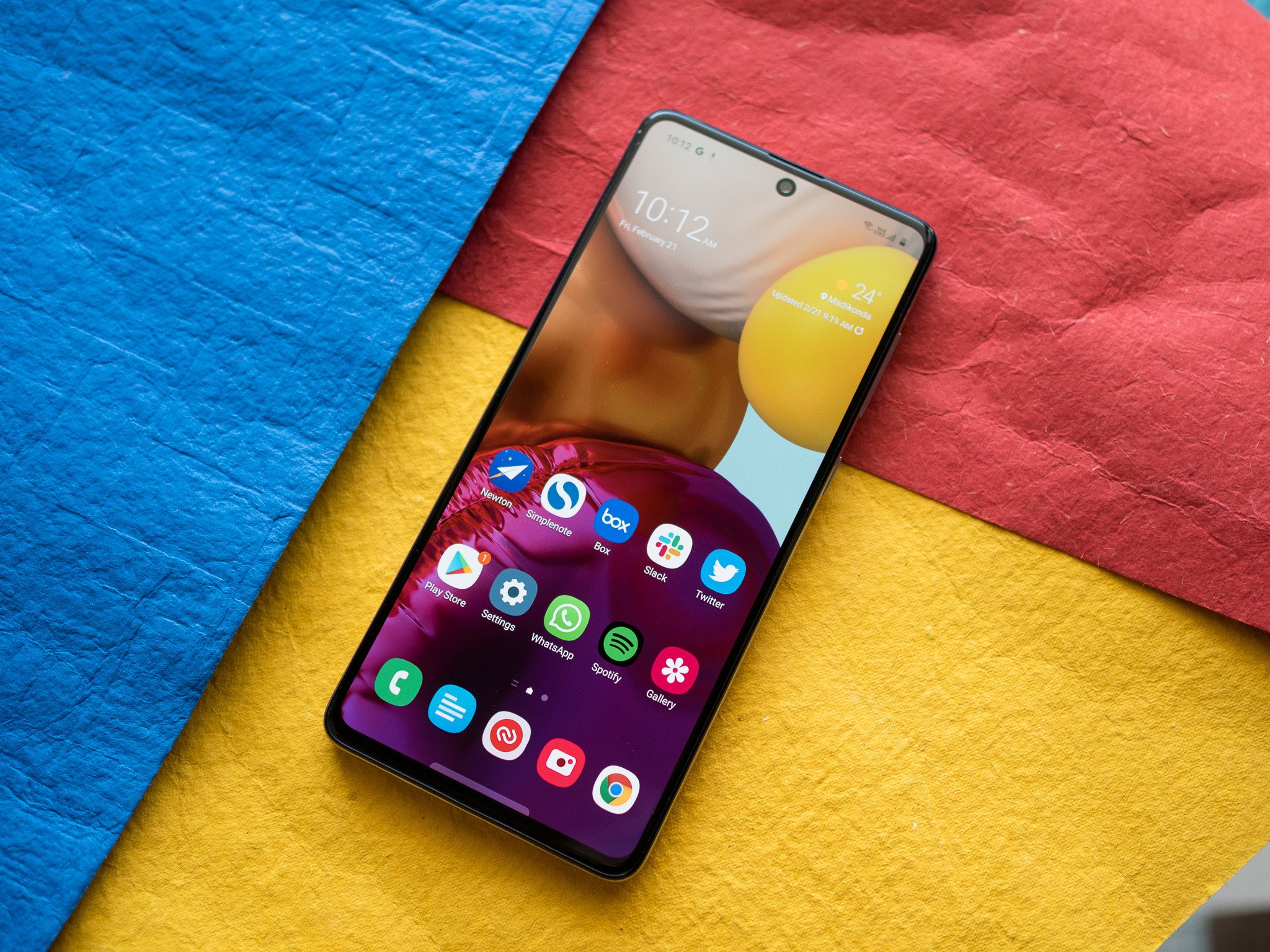

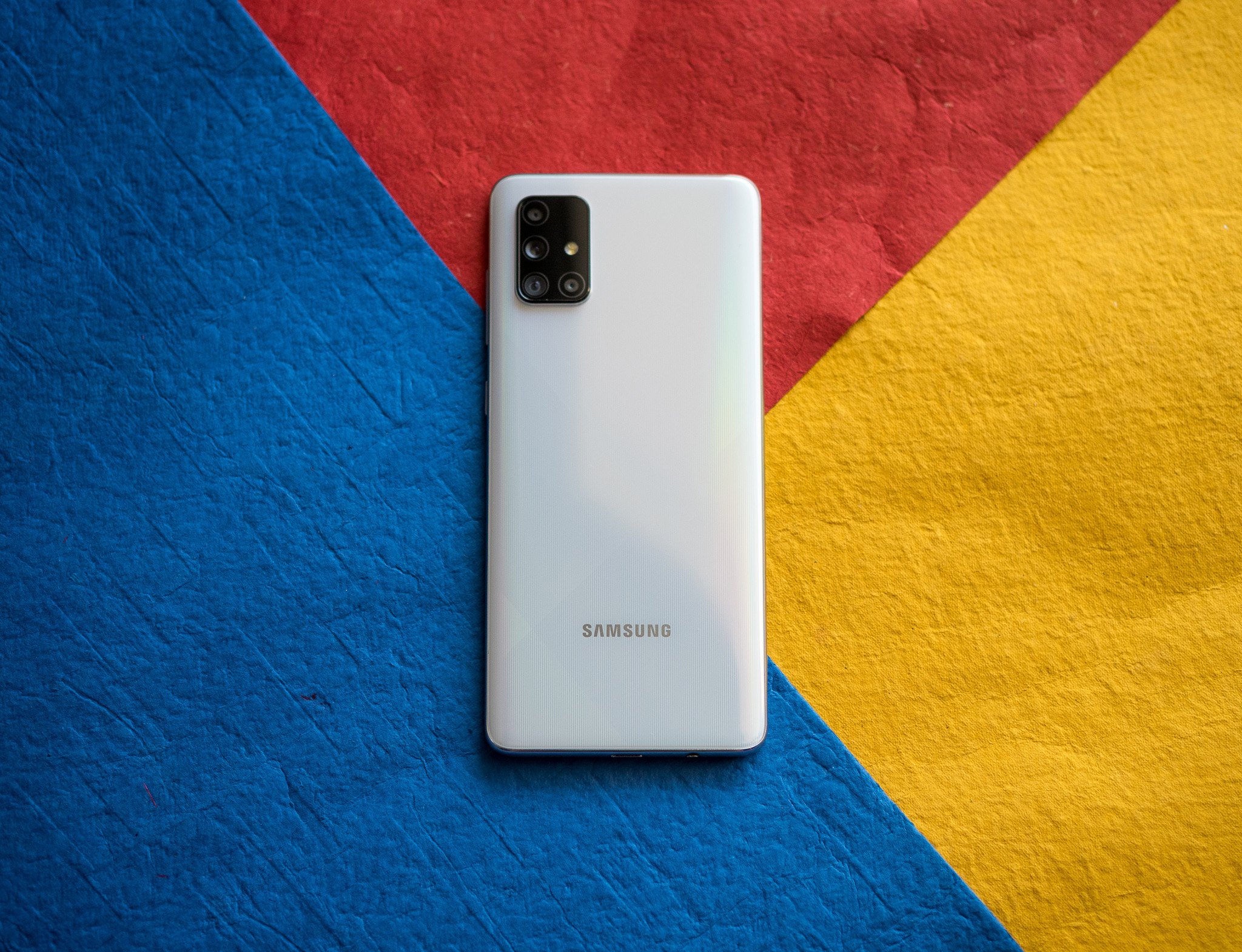
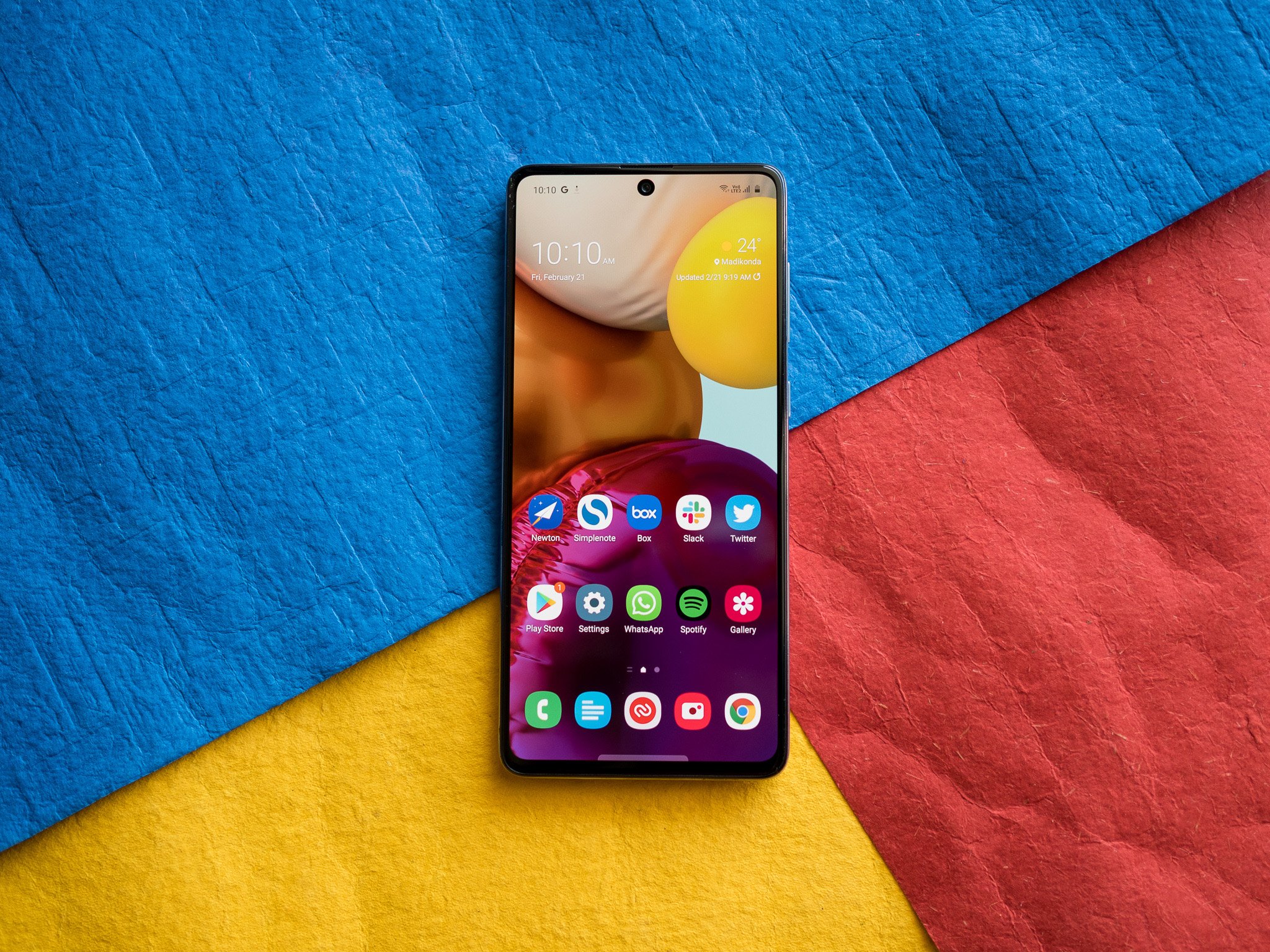
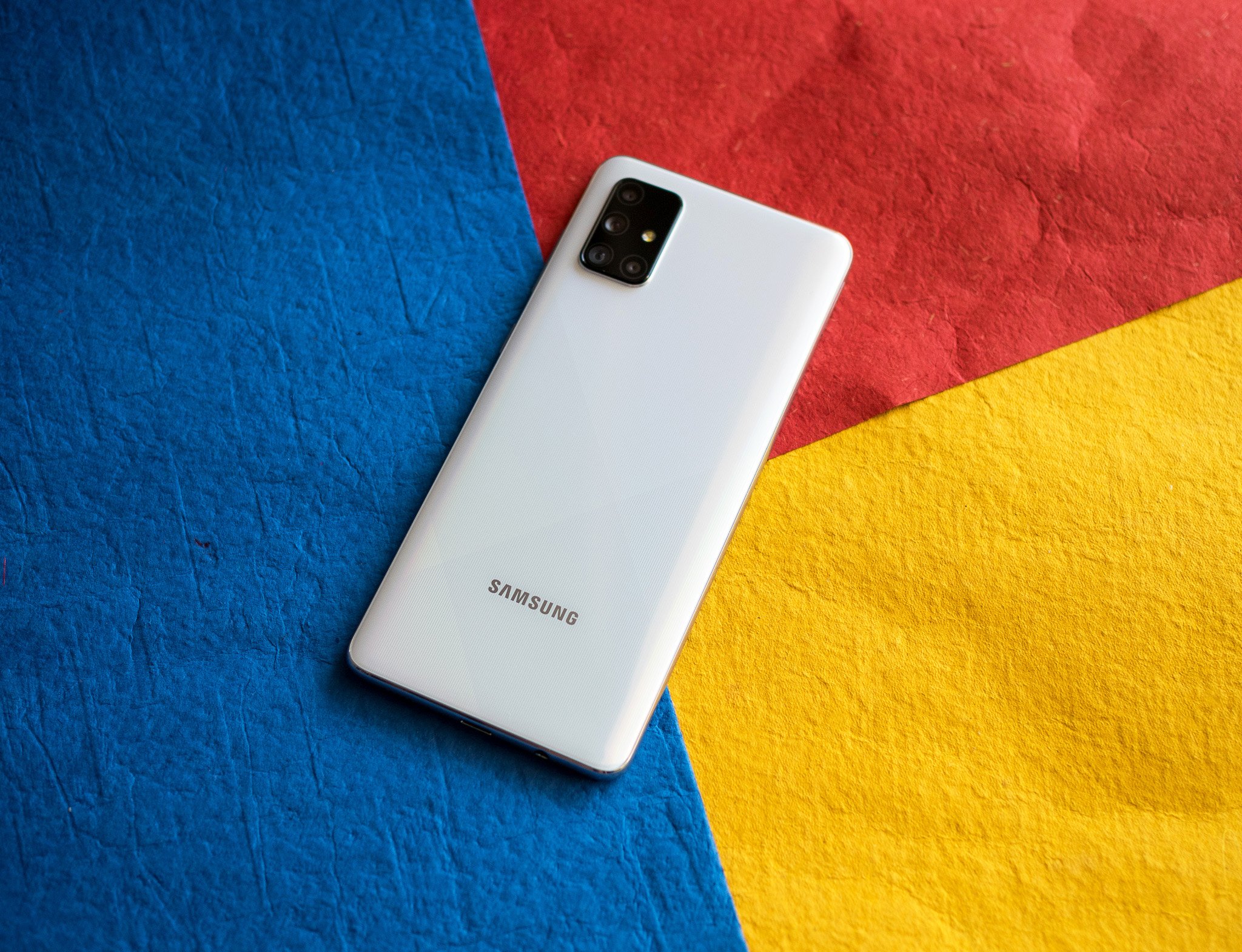
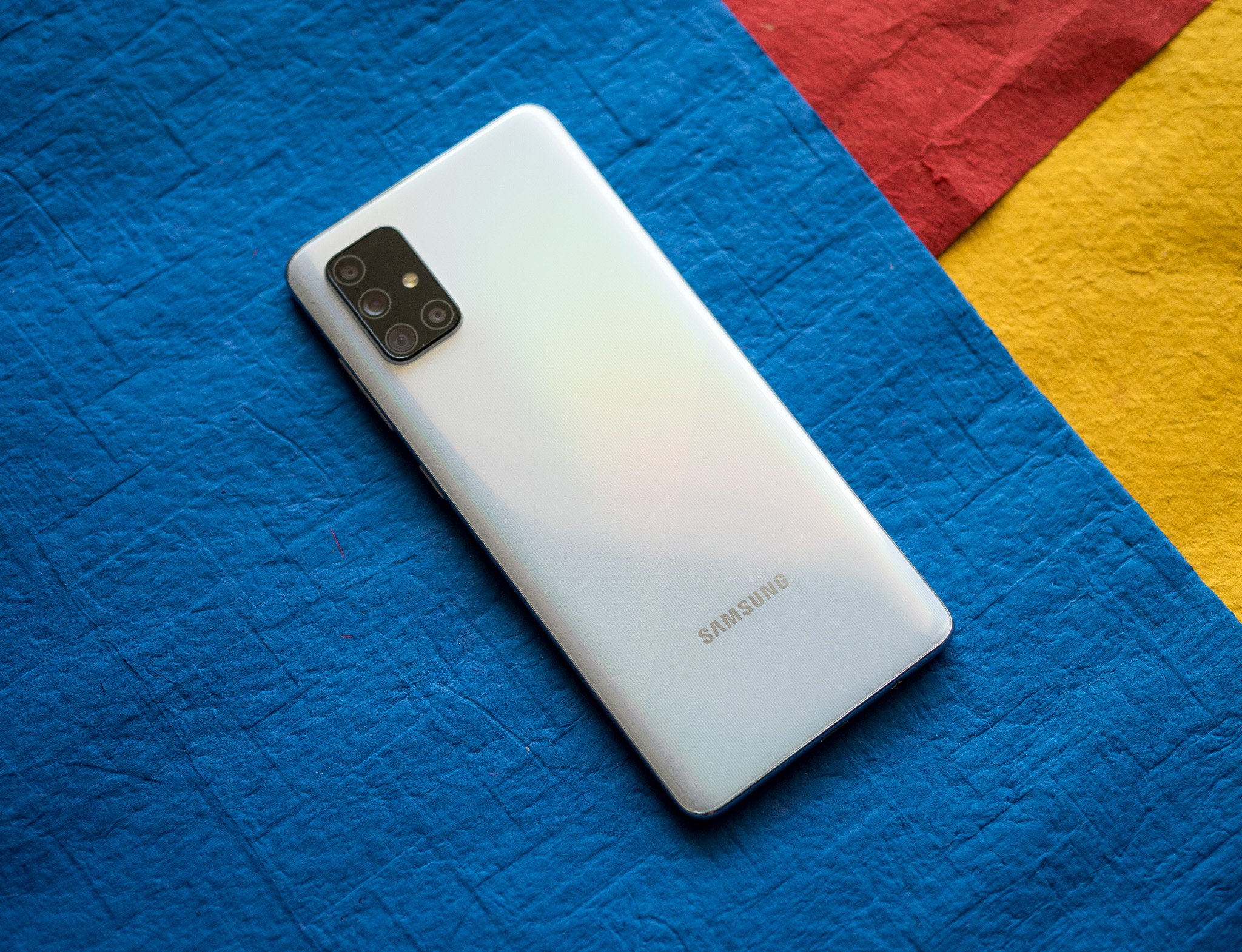
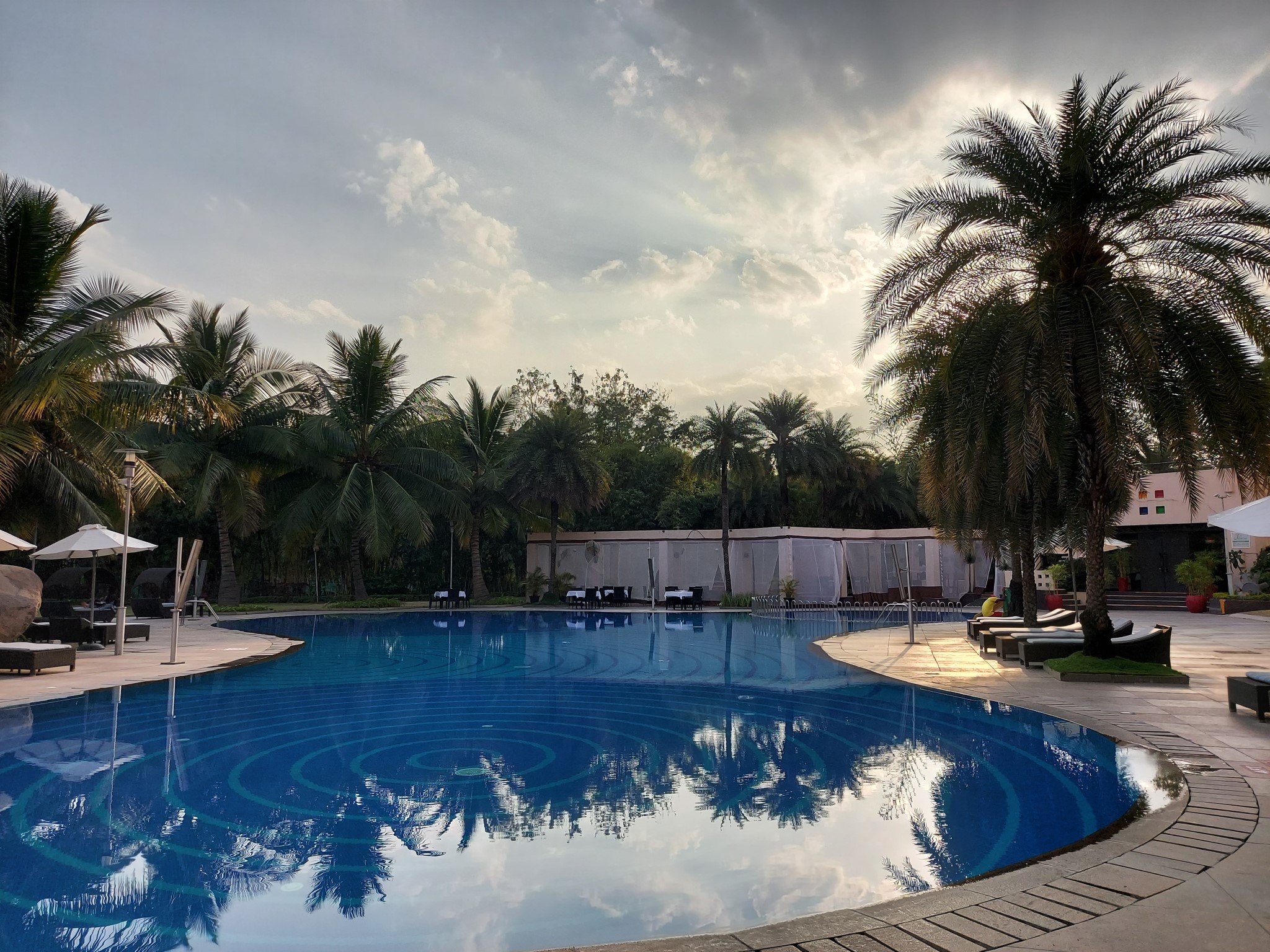

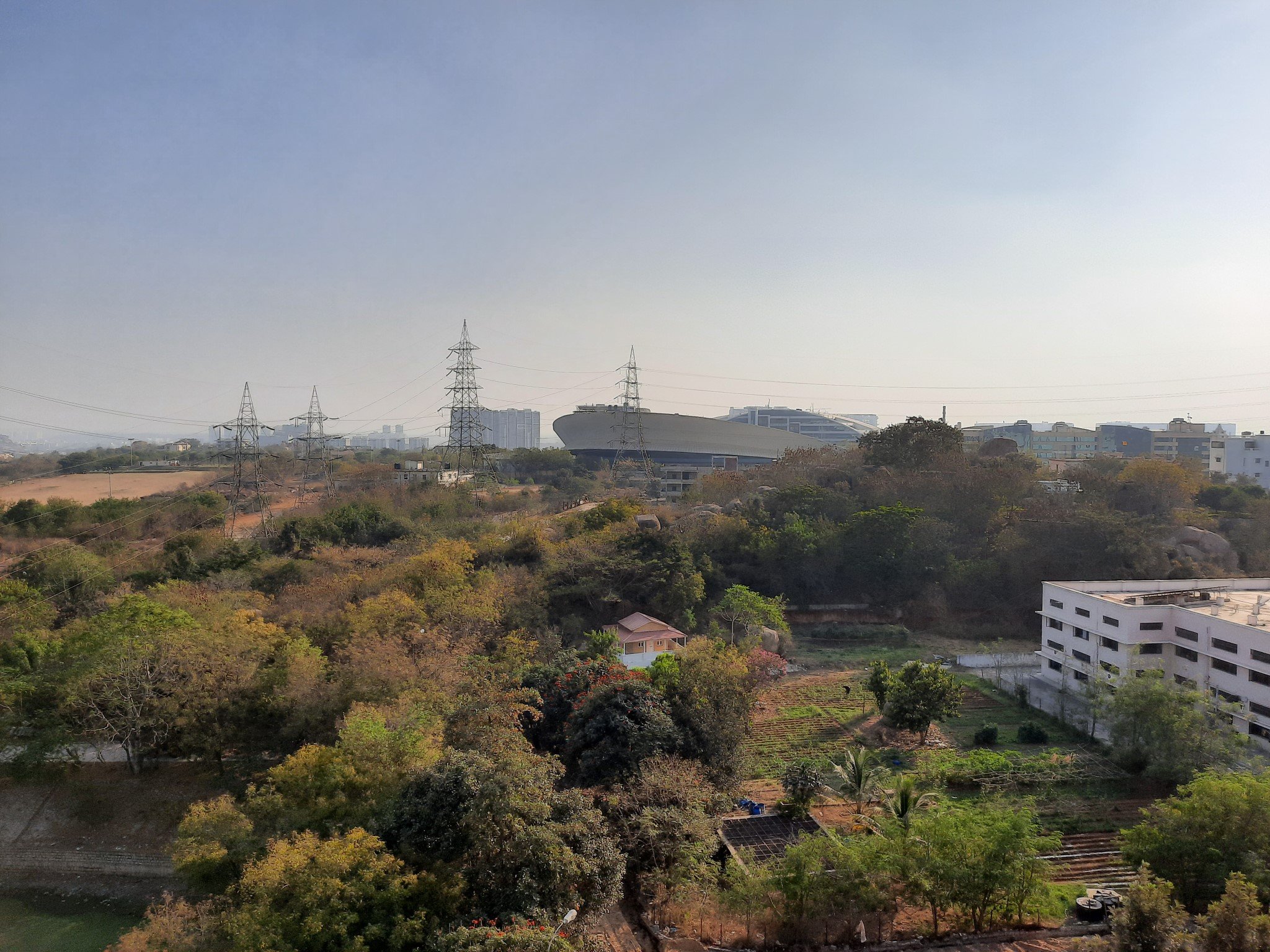

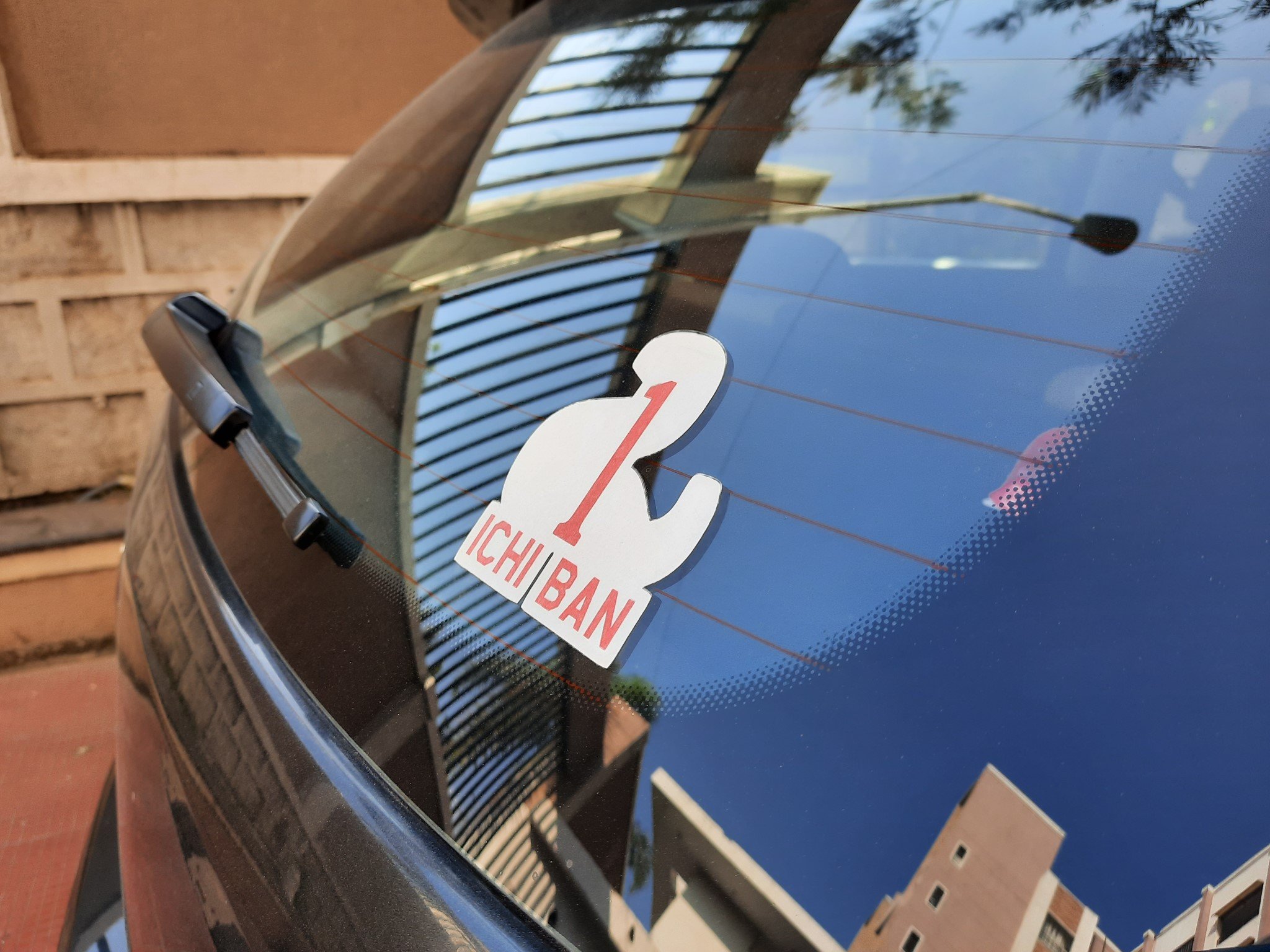
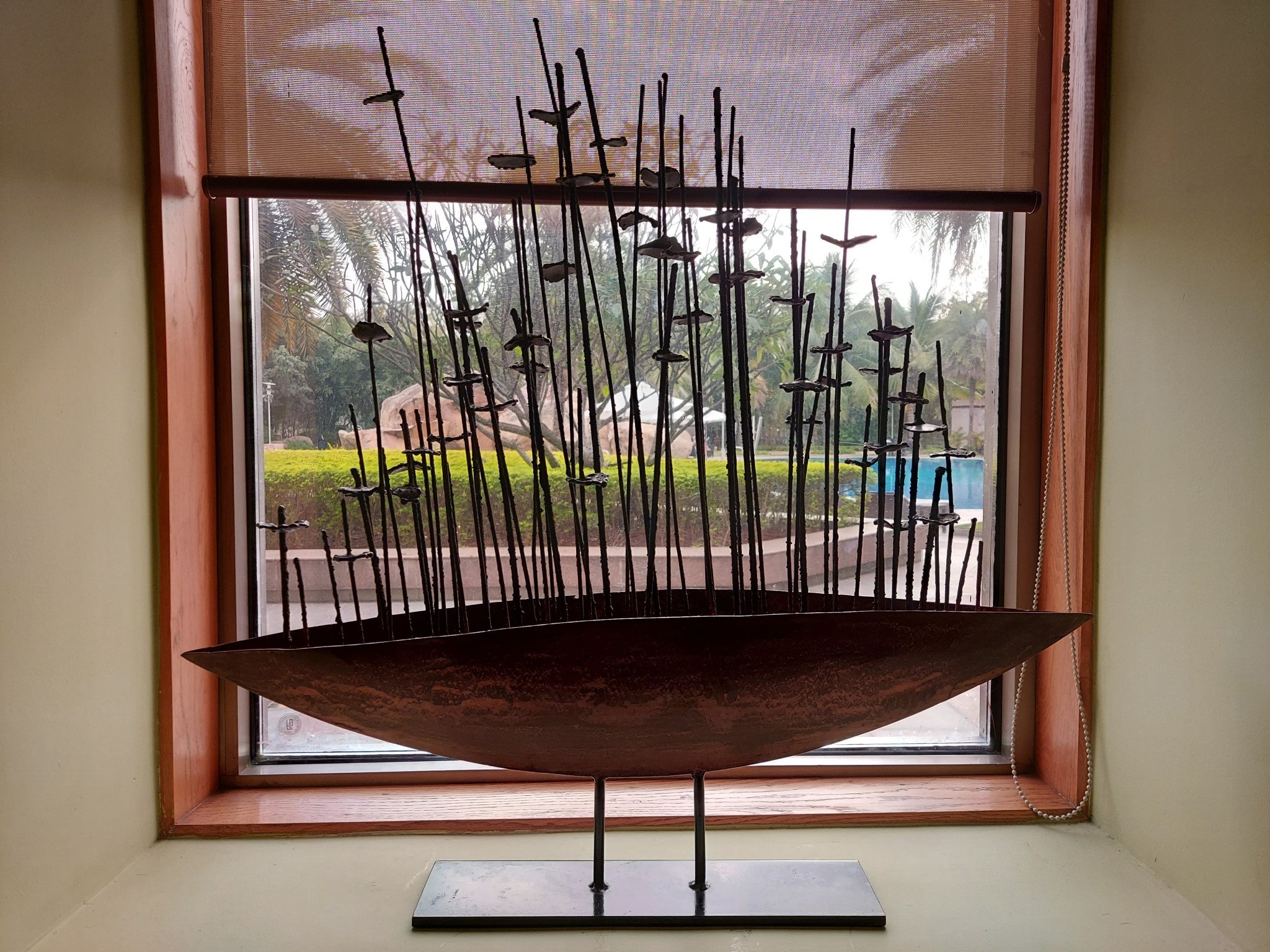
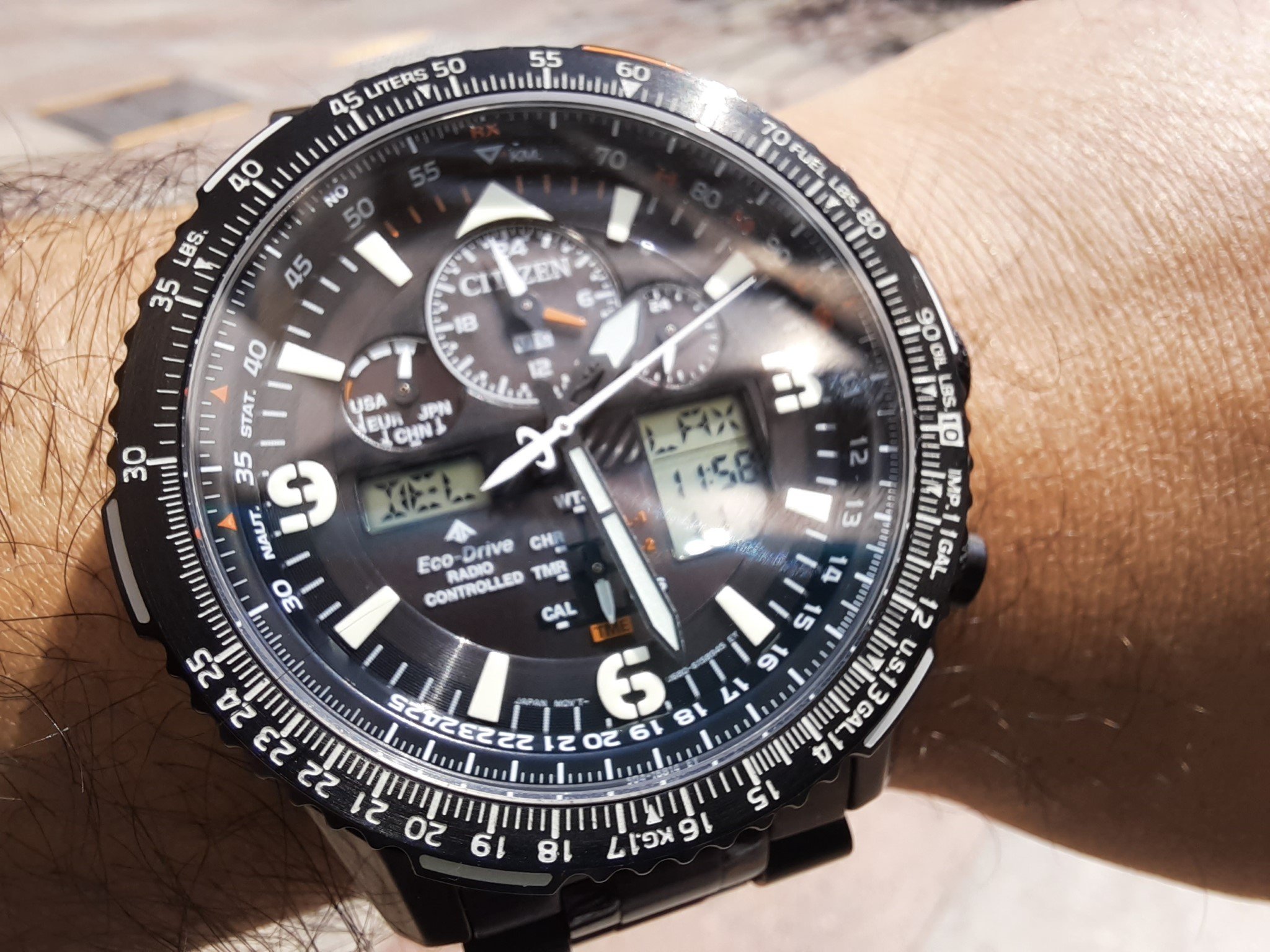
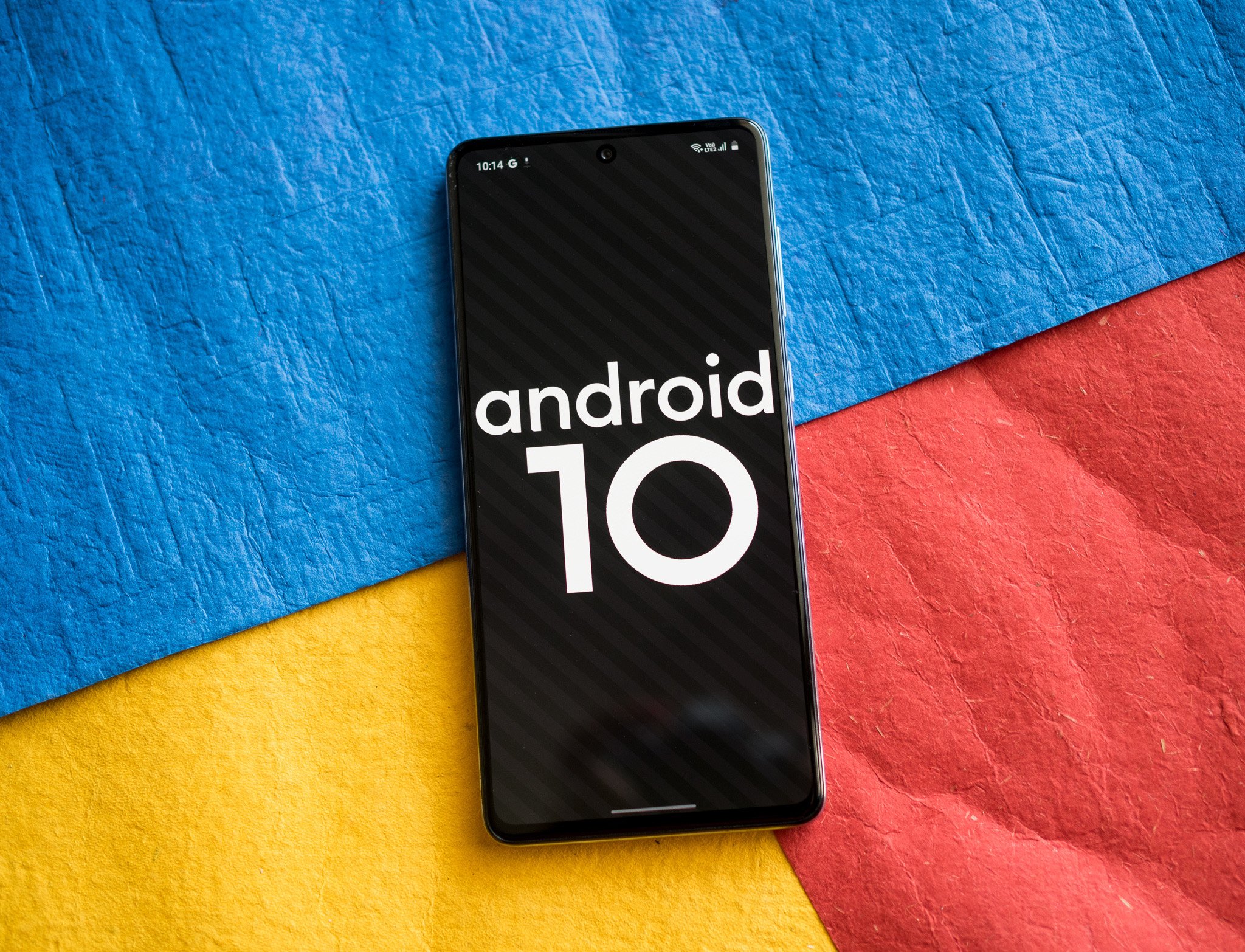
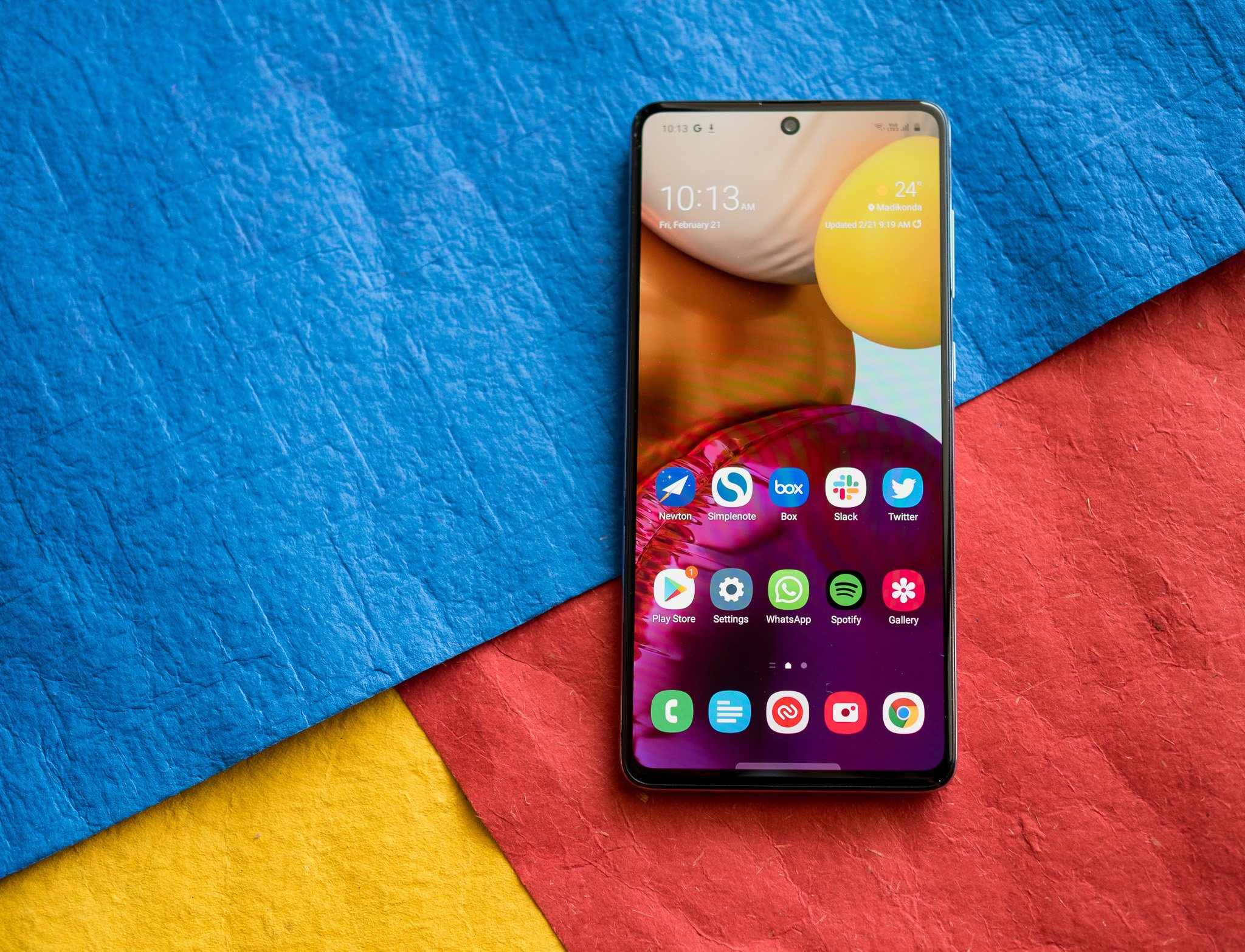
ليست هناك تعليقات: